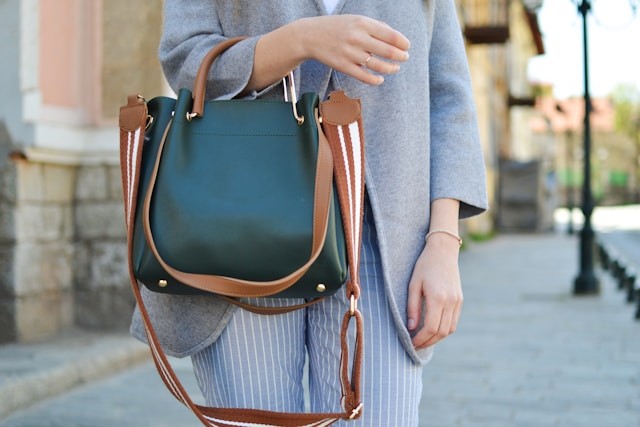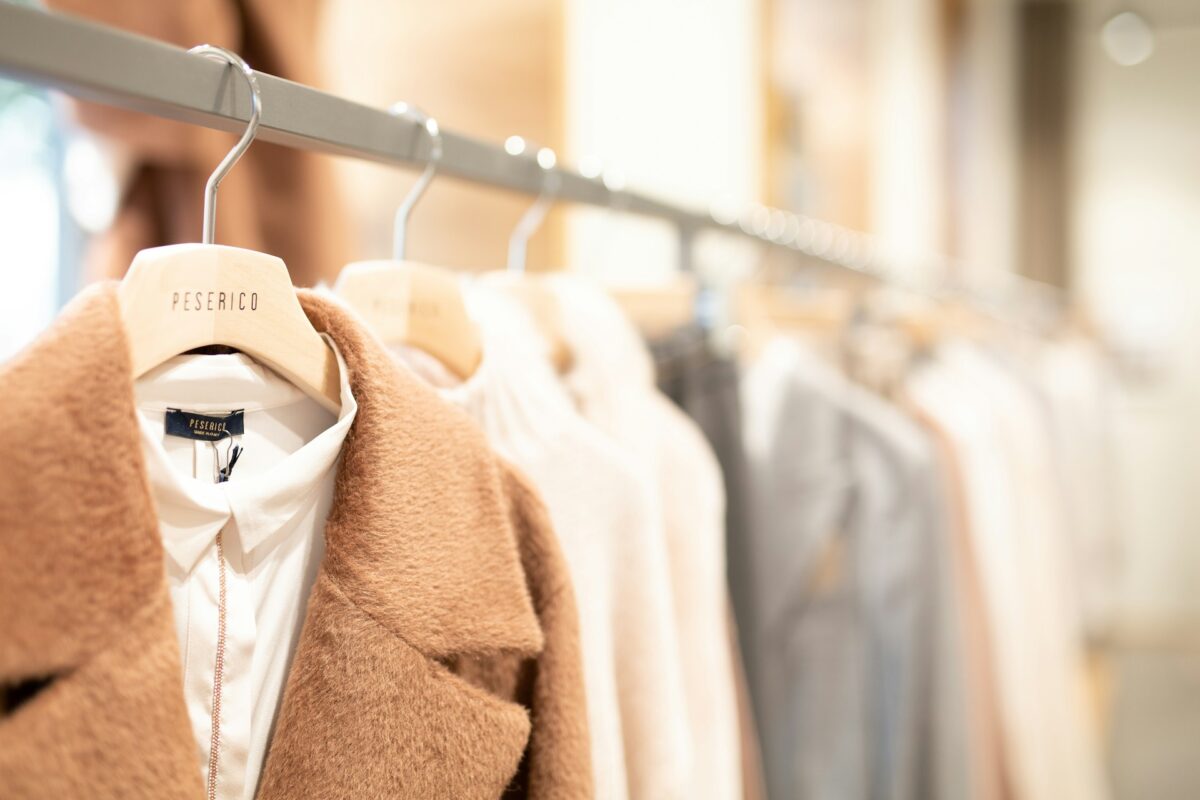In a world where fashion trends change with the seasons, there exists a style that defies the ephemeral nature of contemporary fashion—Old Money style. This sartorial approach embodies a timeless elegance, exuding an air of sophistication, heritage, and understated luxury. Rooted in a legacy of generational wealth, Old Money style represents a subtle, yet powerful statement of refined taste and lasting influence.
Defining Old Money Style
Old Money style is characterized by its focus on quality over quantity, classic tailoring, and an aversion to ostentation. Unlike the conspicuous consumption often associated with New Money, Old Money style is defined by a discreet opulence. The key to this aesthetic lies in investment pieces—garments and accessories that stand the test of time both in terms of durability and fashion relevance.
The foundation of an Old Money wardrobe consists of well-crafted basics. Think bespoke blazers, tailored trousers, cashmere sweaters, and classic white shirts. These pieces are often sourced from heritage brands such as Ralph Lauren, Burberry, and Brooks Brothers—labels that have long been associated with tradition and quality.

The Palette and Fabrics
The color palette of Old Money style is typically muted and conservative. Neutral tones such as navy, beige, white, and gray dominate, while occasional pops of color, like deep burgundy or forest green, add a touch of personality without overwhelming the ensemble. Fabrics are equally important, with a preference for natural materials like wool, cotton, cashmere, and silk. These fabrics not only offer superior comfort but also age gracefully, embodying the principle of enduring elegance.
Attention to Detail
Old Money style is as much about the details as it is about the overall aesthetic. Accessories play a crucial role, yet they are always chosen with care. A vintage leather watch, a pair of cufflinks, or a simple string of pearls can elevate an outfit without drawing excessive attention. Footwear, too, is meticulously selected, with handmade loafers, brogues, and riding boots being perennial favorites.
The Influence of Heritage
One cannot discuss Old Money style without acknowledging its deep ties to heritage and tradition. This style often reflects the sartorial choices of previous generations, with a strong influence from British and East Coast American aristocracy. Iconic figures such as Jacqueline Kennedy Onassis, Grace Kelly, and the Duke of Windsor are frequently cited as epitomes of Old Money fashion. Their ability to balance elegance with effortless charm continues to inspire modern interpretations of this classic style.

Living the Old Money Lifestyle
Embracing Old Money style goes beyond mere clothing—it’s a lifestyle choice that encompasses behavior, interests, and values. It’s about appreciating the finer things in life without the need for showiness. This includes a love for art, literature, and culture, as well as a commitment to philanthropy and community service. The Old Money ethos values education, good manners, and a sense of responsibility, viewing wealth as a means to support and enrich society rather than to flaunt personal success.
Conclusion
In an era where fast fashion and fleeting trends dominate, Old Money style stands as a testament to the enduring power of timeless elegance. It’s a style that speaks softly yet carries significant weight, rooted in a legacy of quality, tradition, and understated luxury. For those who appreciate the art of dressing well, Old Money style offers a blueprint for cultivating a wardrobe that not only looks impeccable today but will remain relevant for generations to come.

